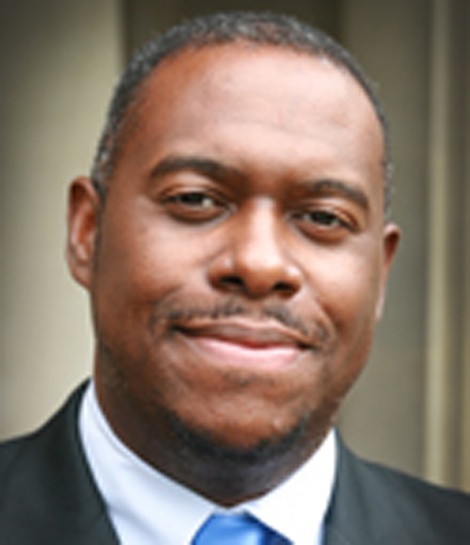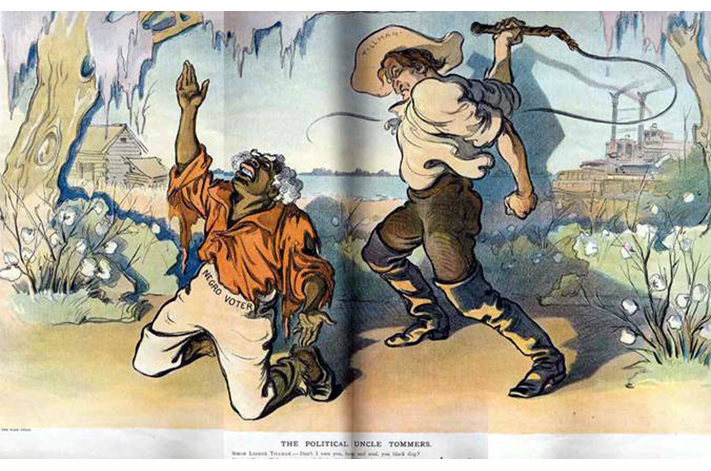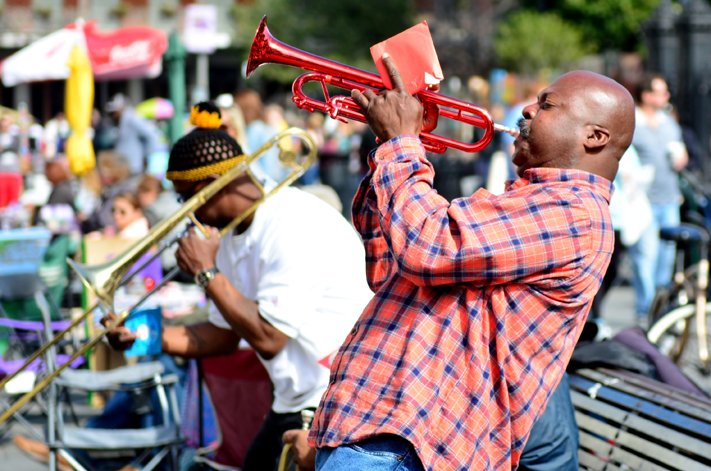Project Description
Unlearning Another Lie that Jim Crow Taught
Unfortunately, the phrase “Black people don’t float and swim” has been interwoven as a deterministic lie deep within the fabric of this nation. There were skewed social science studies of our buoyancy and muscle density in relation to our White peers to suggest that we can’t float. From this conclusion, it was determined that my people are not born to swim like our White counterparts. In reality, neither buoyancy nor muscle density characteristics actually would prevent Black folks from swimming. I learned in a college water safety course in the early 1990s that each human can float by lying on her/his back or stomach in the water, filling up her/his lungs by inhaling air with the head above water, and then holding her/his breath in 5-10 second intervals. From there, humans must simply learn the kicks and arm movements that accompany the proper “strokes” that allow us to move most efficiently in the water.
Given these human facts about floating and swimming were ignored by Jim Crow in favor of a lie that my people can’t float or swim, how might critical family history assist folks in unlearning this falsehood? Nearly a decade after the college water safety course, I pursued ethnography and family history work as part of my dissertation 2001-2003. It was during this time that I first engaged three techniques that can be useful for critical family history: (1) revisiting the local libraries, (2) revisiting the local museums, and (3) listening for understanding. These three techniques provided fuel for me to challenge continuously the racialized floating and swimming lie that Jim Crow had spread throughout my family and in fact, throughout my birthplace in Northeastern, North Carolina. In this fourth and final installment, I describe how these three techniques can be quite useful for dismantling the Jim Crow lies that too often become faulty “common sense” in our families and communities.
Revisiting the Local Libraries
Revisiting another library book by Siddle Walker (1996), Their Highest Potential, although written about a different part of the state, reminds us of the ingenuity and intellectual feats of the segregated Black schools that counters the pre- and post-Brown narrative of how horrible they were for Black children. Moreover, in my book, Black Hands in the Biscuits Not in the Classrooms: Unveiling Hope in a Struggle for Brown’s Promise (Hughes, 2006), I describe finding in the state archives the fact that in 1955 one county’s segregated Black K-10 schools sent more youth to college than the local white high school.
My father added additional context to Cecelski (2001) and I paraphrase:
Back then (during Jim Crow), White folks didn’t want to work down at our local (the Unionized International Longshoreman’s Association). They were ashamed to due to the grueling schedule (4:30am-6:00pm includes commute) lifting and transfer of goods from ship to port to cargo trucks and trains, so David D. Alston, a Black man, recruited Blacks to do this work. Knowing that most of the youth came from poor Black families, David D. Alston persuaded the union to open more of its doors to Black workers. The higher than minimum wages and health insurance with over-time pay benefits and bonuses were a big deal for Black men then and they are a big deal now. Then, when he died, they named a scholarship after him from our union local…that scholarship that you got all of those years. Now White folks want to work down there. The last time I was down there on the waterfront, most of the folks were White and that’s not right.
Revisiting the Local Museum
Listening for Understanding, Not Just to Reply
The first time I went into the galley (eating and social area on the ship), there were huge portraits of a bunch of Black men on the walls who were being celebrated as heroes for their service work on ships and in the water saving lives. I felt so proud to know that other Black mean had not only succeeded but also thrived in the Coast Guard, both on the ship and in the water. Seeing those celebrated black men in the galley helped to build my confidence, especially when times got tough.
While I was encouraged by his story, I recall feeling frustrated as I replied, “Don’t you remember me telling you about this information back when you were in high school, didn’t you believe me?” My nephew looked as if he sincerely did not remember. That exchange has been a key turning point in my approach to sharing and receiving family history. I am learning from that turning point that in addition to contexts and family liaisons, there is much to be learned at all ages about listening for understanding and not just listening to reply. A listener and receiver of ethnography and critical family history evidence must fight against being just critical, liberal and conservative enough to hear his or her own voice.
Concluding Thoughts
I continue to learn more about my family history of swimming, boating and Black life in the home of my birth, the county of The Great Dismal Swamp. It is the home of escaped and free Blacks, of Maroons, and of brave Black lifeguards, as revealed from my revisiting of local library books and displays in the local museum and in my listening for understanding. I find this evidence toward my critical family history troubling Jim Crow, my nephew and me with respect to our previous assumptions about possibilities and limitations of our family in maritime North Carolina from the late 1800s to the present. It is my sincere hope that information from this final installment (both alone and in conjunction with the previous installments) will inspire readers to initiate, sustain, and augment evidence from their own critical family histories in ways that keep troubling Jim Crow and the lies Jim Crow taught.
References…
- Cecelski, D. (2001). The Waterman’s Song: Slavery and Freedom in the Maritime South. Chapel Hill, NC: UNC Press.
- Hughes, S. A. (2006). Black Hands in the Biscuits Not in the Classrooms: Unveiling Hope in a Struggle for Brown’s Promise. New York, NY: Peter Lang Publishers. (Also see Black Hands in the Biscuits Not in the Classrooms: Unveiling Hope in a Struggle for Brown’s Promise.
- Siddle Walker, V. (1996). Their Highest Potential: An African American Community in the Segregated South. Chapel Hill, NC: UNC Press.
 Dr. Sherick Hughes, MA, MPA, Ph.D. is Associate Professor with Tenure, and Founder and Director, Interpretive Research Suite & Carter Qualitative Thought Lab Graduate Program Coordinator/Chair, Cultural Studies & Literacies Program Founder and Director, Black Alumni of the School of Education (BASE), School of Education, University of North Carolina, CB #3500, Peabody Hall, Chapel Hill, NC 27599
Dr. Sherick Hughes, MA, MPA, Ph.D. is Associate Professor with Tenure, and Founder and Director, Interpretive Research Suite & Carter Qualitative Thought Lab Graduate Program Coordinator/Chair, Cultural Studies & Literacies Program Founder and Director, Black Alumni of the School of Education (BASE), School of Education, University of North Carolina, CB #3500, Peabody Hall, Chapel Hill, NC 27599
This piece was reprinted by empathyeducates with permission or license. It may not be reproduced in any form without permission or license from the source. We thank the Author, Sherick Hughes,, Ph.D. and Family and History’s Christine E. Sleeter, Ph.D..











